In this article, I give you my Apple iPhone XR review with specs included. The iPhone XR stands out for its diverse range of color options, offering users a variety of vibrant choices. This departure from the traditional black-and-white options adds a playful element to the iPhone lineup, appealing to those who appreciate personalization and individuality in their smartphone choices.
Additionally, the iPhone XR represents Apple’s commitment to providing more affordable smartphone options without compromising on performance or features.
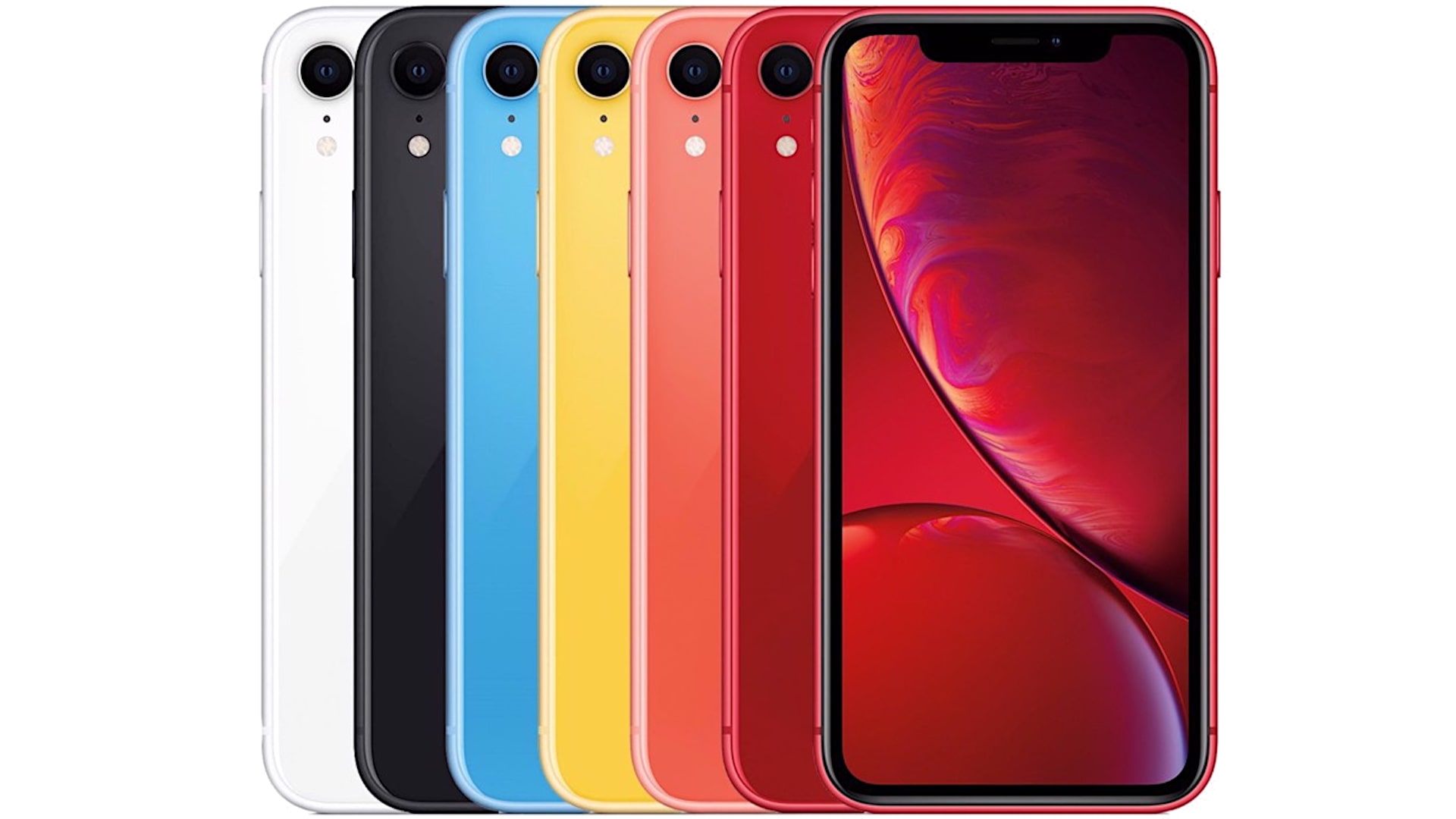
Unlike previous attempts at creating budget-friendly iPhone models, such as the iPhone SE, which often lagged behind in terms of processor speed and camera capabilities, the iPhone XR boasts the same powerful A12 Bionic chip found in the more expensive iPhone XS and XS Max models. With a starting price of $750 for the 64 GB version, users can enjoy the same processing power and storage capacity as the pricier models, making the iPhone XR an attractive option for budget-conscious consumers.
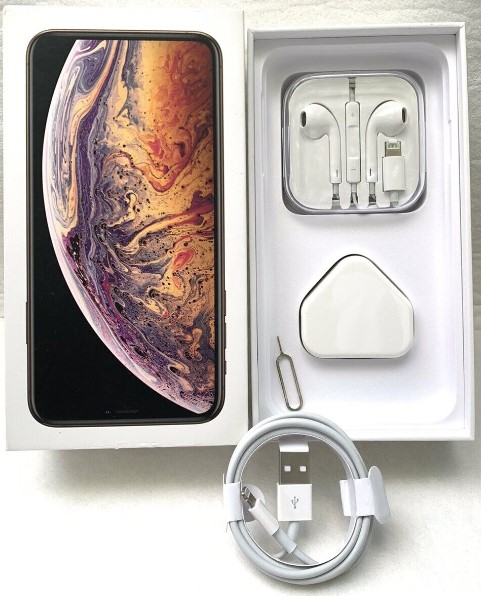
Another notable feature of the iPhone XR is its 6.1-inch display, which fills the gap between the smaller 5.8-inch size of the iPhone X and XS and the larger form factor of the XS Max. For those who find the XS size too small or the XS Max too large, the iPhone XR offers a balanced middle ground, catering to a wider range of preferences and hand sizes.
Furthermore, the inclusion of Face ID on the iPhone XR enhances the user experience, providing a seamless and secure method of unlocking the device and accessing personal information. With Face ID, users can enjoy the convenience of biometric authentication without the need for cumbersome passcodes or fingerprint scanners, making it a welcome addition to the iPhone lineup.
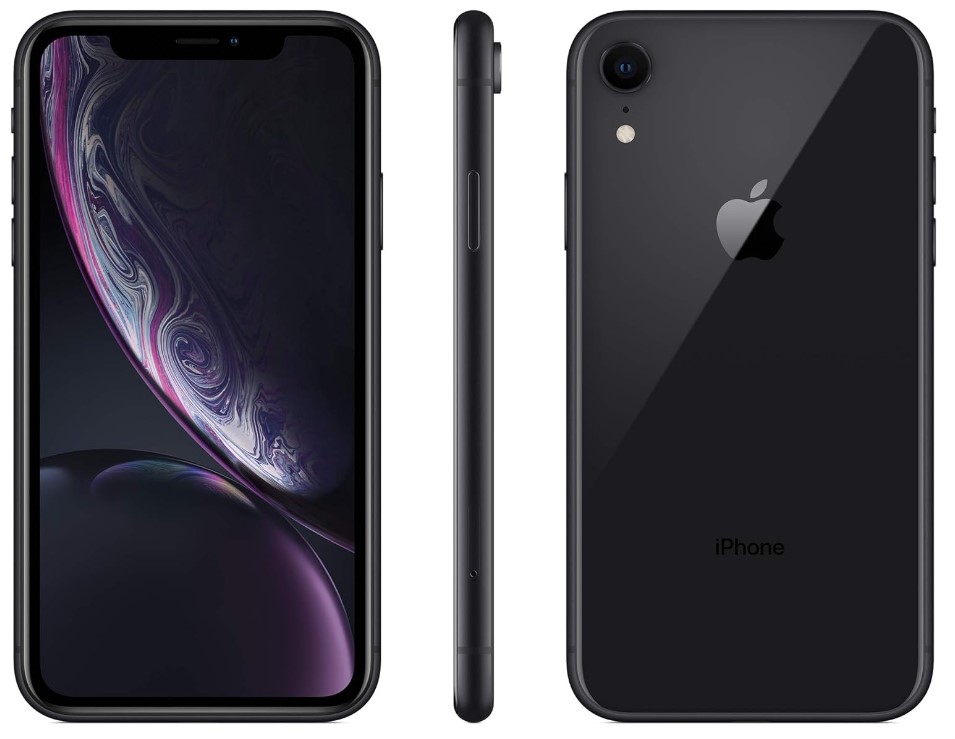
Despite being a more affordable option, the iPhone XR maintains the premium build quality and design elements that Apple is known for. While it features an aluminum frame instead of the stainless steel frame found in the XS models, this difference in materials does not compromise the overall durability or aesthetics of the device. Additionally, the slightly thicker profile of the iPhone XR is hardly noticeable and does not detract from the sleek and modern design of the device.

In terms of display technology, the iPhone XR utilizes an LCD panel, known as a Liquid Retina display, as opposed to the OLED displays found in the XS models. While OLED enthusiasts may prefer the deeper blacks and higher contrast ratios of OLED displays, the Liquid Retina display of the iPhone XR still delivers impressive image quality and color accuracy. With a pixel density of 326 PPI, the display offers sharp and vibrant visuals, ensuring an enjoyable viewing experience for everyday use.

Although the iPhone XR lacks some of the advanced features found in the XS models, such as 3D Touch and gigabit LTE, these omissions are unlikely to be significant drawbacks for most users. The absence of 3D Touch, for example, is unlikely to be missed by the majority of users, as the feature has seen limited adoption since its introduction. Similarly, the use of LTE 4G instead of gigabit LTE may not be a major concern for users who prioritize affordability and value over cutting-edge connectivity options.
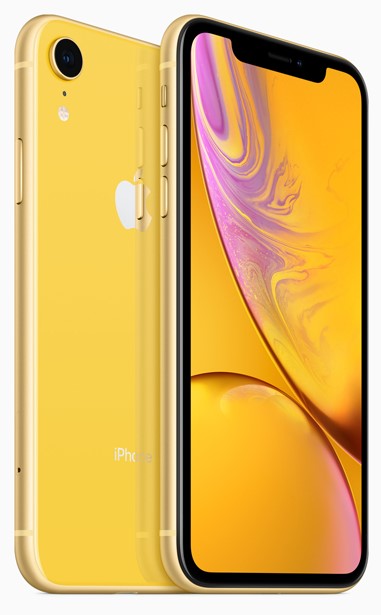
In terms of camera capabilities, the iPhone XR features a single 12-megapixel rear camera, which offers comparable performance to the main rear camera found in the XS models. While the lack of a telephoto lens may disappoint users who enjoy portrait photography or zoom capabilities, the single-camera still delivers impressive results in a wide range of shooting scenarios. With features such as Smart HDR and Portrait mode, users can capture stunning photos with ease, regardless of their level of photography expertise.
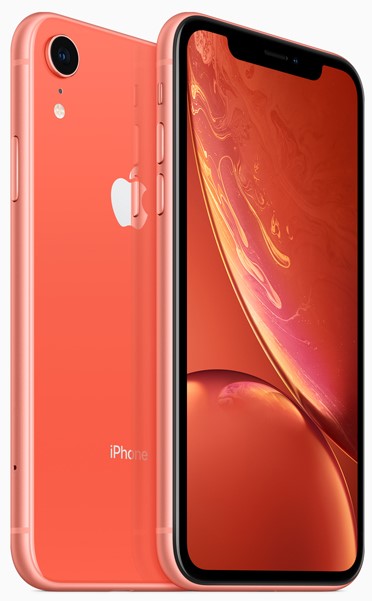
Overall, the iPhone XR represents a compelling option for users seeking a balance of performance, features, and affordability in a smartphone. With its colorful design options, powerful processor, and advanced Face ID technology, the iPhone XR offers a premium user experience without the premium price tag. Whether you’re upgrading from an older iPhone model or switching from another smartphone platform, the iPhone XR is sure to impress with its combination of style, performance, and value.
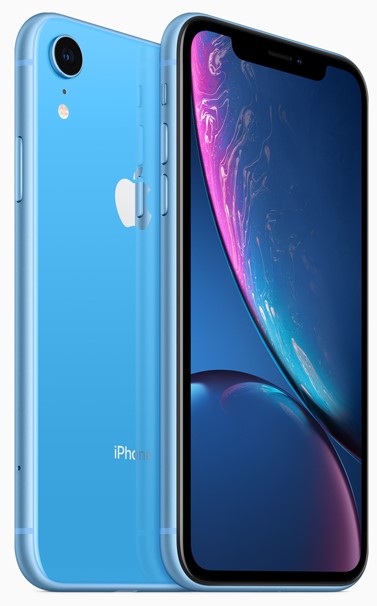
For those who currently own an iPhone X or perhaps an iPhone 8 Plus, it’s essential to consider the features you value most when contemplating an upgrade to the iPhone XR. One notable difference is the absence of advanced portrait modes, which utilize computational photography techniques. Unlike the iPhone 8 Plus and the XS family, which rely on a combination of computational photography and telephoto lenses to achieve portrait effects, the XR requires users to physically adjust their distance from the subject to achieve similar results.
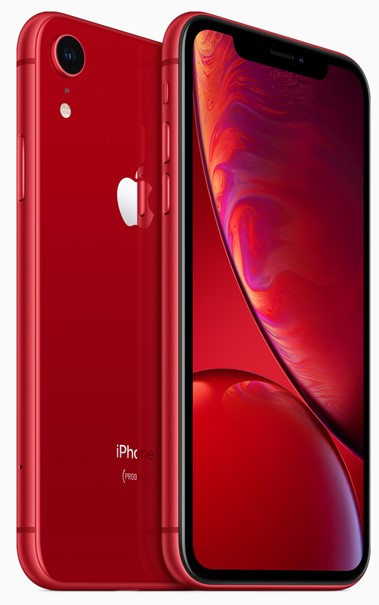
Additionally, the XR’s computational portrait mode only recognizes human subjects, limiting its functionality compared to competitors like the Google Pixel and Samsung Galaxy devices, which employ multiple cameras to achieve portrait effects for both humans and other subjects.

Despite these differences, the iPhone XR still delivers impressive camera performance, especially considering its starting price of $750. While it may not surpass the Pixel 3 and 3XL in camera quality, the XR’s camera capabilities are more than sufficient for most users, offering excellent image quality and video recording capabilities, including 4K video at 60 frames per second and super slow-motion video. Although low-light performance may not match the Pixel’s capabilities, the XR still performs admirably in various lighting conditions, making it a versatile option for photography enthusiasts.
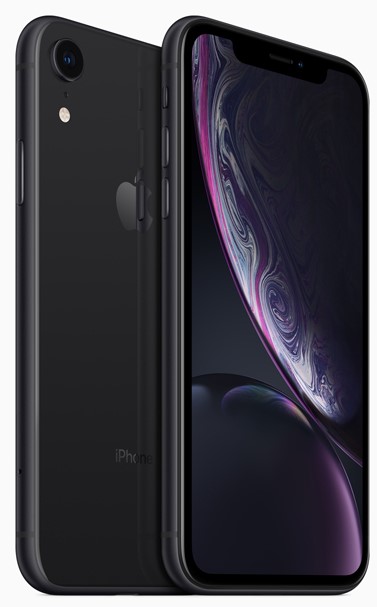
In terms of hardware specifications, the iPhone XR features 3 GB of RAM, consistent with previous iPhone models. While this may seem lower than the 4 GB found in the XS family, the difference is unlikely to be noticeable in everyday use. Multitasking performance may be slightly smoother on XS models due to the additional RAM, but the XR still offers a responsive and fluid user experience.
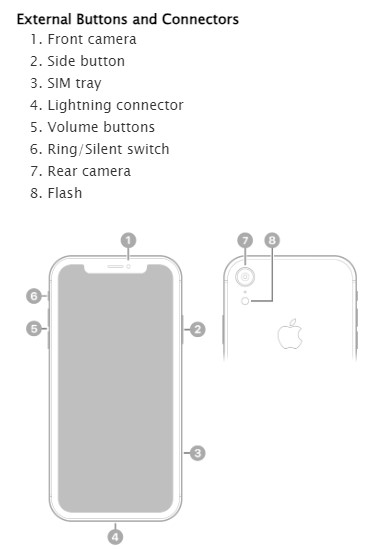
Synthetic benchmarks, while providing some insight into performance, may not accurately reflect real-world usage scenarios. While the XR may score slightly lower than the XS in benchmarks like Geekbench 4, the difference is negligible in day-to-day use, and users are unlikely to notice any significant performance discrepancies.

One area where the iPhone XR shines is battery life, despite having a smaller battery capacity than the XS Max. The XR consistently delivers longer battery life than its more expensive counterpart, thanks in part to its lower-resolution LCD display, which consumes less power than the XS Max’s OLED display. Users can expect approximately 20 to 30 minutes of additional use time compared to the XS Max, making the XR a compelling option for those who prioritize battery life.

In terms of connectivity and charging options, the iPhone XR features a Lightning port for charging and data transfer, with support for wireless charging. While it includes a 5-watt charger in the box, users may opt for faster charging solutions available separately. Additionally, the XR boasts water resistance, providing peace of mind for users worried about accidental spills or exposure to moisture.
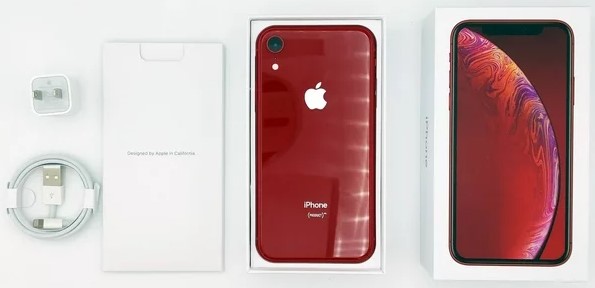
For consumers considering an iPhone upgrade, especially those on a budget or unwilling to commit to carrier payment plans, the iPhone XR offers an attractive combination of features, performance, and affordability. While it may not match the XS and XS Max in terms of camera versatility or display technology, the XR provides a compelling alternative for users seeking a capable and stylish smartphone without breaking the bank.
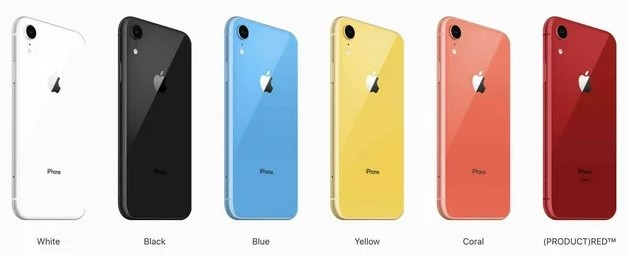
Ultimately, whether the iPhone XR is the right choice depends on individual preferences and priorities. For those coming from older iPhone models like the iPhone 6 or 7, the XR represents a significant upgrade in terms of performance, features, and design.

However, for users already accustomed to the OLED display and dual-camera setup of the iPhone X or 8 Plus, the decision to upgrade may be less clear-cut. Nonetheless, for iOS enthusiasts seeking a modern and colorful smartphone experience, the iPhone XR remains a compelling option worthy of consideration.
The Apple iPhone XR, released in 2018, boasts a sleek and modern design crafted by Apple. Below are the specifications and features of the iPhone XR:
Design:
- Height: 5.94” | 150.9 mm
- Width: 2.98” | 75.7 mm
- Depth: .33” | 8.3 mm
- Weight: 6.1 oz | 174 g
- Available Colors: Various vibrant options including white, black, blue, yellow, coral, and (PRODUCT)RED.
Display:
- Size: 6.1″
- Type: Liquid Retina HD display
- Resolution: 1792 x 828 pixels, 326 pixels per inch (ppi)
- Features: True Tone technology, Wide color display (P3), Tap to wake, Haptic Touch
Performance:
- Chip: A12 Bionic chip with Neural Engine
- Storage Options: 64GB, 128GB, 256GB
Camera:
- Rear Camera: 12MP wide-angle camera
- Features: Smart HDR, Portrait mode with Depth Control, Advanced bokeh and Depth Control, Portrait Lighting with three effects (Natural, Studio, Contour), Optical image stabilization (OIS), Six-element lens, Quad-LED True Tone flash with Slow Sync, Panorama (up to 63MP), Sapphire crystal lens cover, Backside illumination sensor, Hybrid IR filter, Autofocus with Focus Pixels, Tap to focus with Focus Pixels, Wide color capture for photos and Live Photos, Local tone mapping, Advanced red-eye correction, Exposure control, Auto image stabilization, Burst mode, Timer mode
- Front Camera: 7MP TrueDepth camera
- Features: Portrait mode with Depth Control, Portrait Lighting with five effects (Natural, Studio, Contour, Stage, Stage Mono), Animoji and Memoji, Smart HDR for photos, Extended dynamic range for video at 30 fps, Cinematic video stabilization (1080p and 720p), Wide color capture for photos and Live Photos, Retina Flash, Backside illumination sensor, Auto image stabilization, Burst mode, Exposure control, Timer mode
Battery:
- Built-in rechargeable lithium-ion battery
- Wireless charging (works with Qi chargers)
- Charging via USB to computer system or power adapter
Connectivity:
- Wi-Fi 802.11ac Wi-Fi with 2×2 MIMO
- Bluetooth 5.0 wireless technology
- NFC with reader mode
- Express Cards with power reserve
Other Features:
- Face ID: Enabled by TrueDepth camera for facial recognition
- Water and Dust Resistance: Rated IP67 (maximum depth of 1 meter up to 30 minutes)
- Dual SIM (nano-SIM and eSIM)
- Siri’s natural language commands and dictation
Operating System:
- iOS, upgradable to the latest supported version
The iPhone XR combines powerful performance, advanced camera capabilities, and a vibrant display in a stylish and user-friendly package, making it an attractive choice for consumers seeking a premium smartphone experience at a more accessible price point.
Pros:
- Affordable Pricing: Compared to other iPhones in Apple’s lineup, the iPhone XR offers a more budget-friendly option for consumers looking to experience the iOS ecosystem without breaking the bank.
- Liquid Retina Display: The iPhone XR features a 6.1-inch Liquid Retina display, providing vibrant colors, sharp details, and True Tone technology for accurate color reproduction and a pleasing viewing experience.
- A12 Bionic Chip: Powered by Apple’s A12 Bionic chip with Neural Engine, the iPhone XR delivers fast and efficient performance, enabling smooth multitasking, gaming, and augmented reality (AR) experiences.
- Excellent Camera System: The iPhone XR sports a single 12-megapixel rear camera with advanced features such as Smart HDR, Portrait mode with Depth Control, and optical image stabilization (OIS), allowing users to capture stunning photos and videos in various lighting conditions.
- Long Battery Life: With its efficient processor and optimized software, the iPhone XR offers impressive battery life, providing users with all-day usage on a single charge, making it ideal for on-the-go use.
- iOS Ecosystem: As part of Apple’s ecosystem, the iPhone XR seamlessly integrates with other Apple devices and services, such as iCloud, iMessage, FaceTime, and Apple Music, offering a cohesive and user-friendly experience across platforms.
- Face ID: The iPhone XR features Face ID, Apple’s facial recognition technology, for secure authentication and convenient unlocking of the device, as well as secure authentication for app logins and mobile payments with Apple Pay.
- Durable Design: With its aerospace-grade aluminum and glass construction, the iPhone XR is built to withstand daily wear and tear, while its IP67 water and dust resistance rating provides added durability and peace of mind.
- Stereo Speakers: The iPhone XR features stereo speakers for immersive audio experiences, delivering rich and balanced sound quality for music, videos, games, and speakerphone calls.
- Wide Range of Accessories: Being a popular iPhone model, the iPhone XR enjoys extensive support from third-party accessory manufacturers, offering users a wide range of cases, chargers, screen protectors, and other accessories to customize and enhance their devices.
Cons:
- LCD Display: While the Liquid Retina display on the iPhone XR offers vibrant colors and sharp details, it is an LCD panel compared to the OLED displays found on higher-end iPhone models, resulting in slightly less contrast and deep blacks.
- Single-Rear Camera: Unlike some of the more expensive iPhone models with dual or triple rear camera systems, the iPhone XR only features a single rear camera, limiting versatility in certain photography scenarios, such as optical zoom and ultra-wide shots.
- Thicker Bezels: The iPhone XR’s design includes slightly thicker bezels compared to some other smartphones on the market, which may be considered less modern or sleek by some users.
- No 3D Touch: Unlike previous iPhone models, the iPhone XR does not include 3D Touch technology, which allows users to access additional features and shortcuts by pressing firmly on the screen, though it offers similar functionality through Haptic Touch.
- No Gigabit LTE: Despite its advanced A12 Bionic chip, the iPhone XR does not support Gigabit LTE speeds, which may result in slightly slower cellular data performance compared to some other smartphones in its price range.
- Limited Color Options: While the iPhone XR is available in a variety of colors, including white, black, blue, yellow, coral, and (PRODUCT)RED, some users may prefer more subdued or premium color options.
- No Telephoto Lens: Without a telephoto lens, the iPhone XR relies on digital zoom rather than optical zoom for close-up shots, which may result in slightly lower image quality when zooming in on distant subjects.
- No Headphone Jack: Like other recent iPhone models, the iPhone XR does not include a headphone jack, requiring users to use wireless headphones or the Lightning-to-3.5mm headphone adapter included in the box for wired audio connections.
- Limited Storage Options: The iPhone XR is available in fixed storage capacities of 64GB, 128GB, and 256GB, with no option for expandable storage via microSD cards, which may limit flexibility for users with large media libraries or storage-intensive apps.
- No Fast Charger Included: While the iPhone XR supports fast charging via USB-C Power Delivery, Apple only includes a standard USB-A to Lightning cable and a 5W USB power adapter in the box, requiring users to purchase a separate fast charger for optimal charging speeds.
Apple iPhone XR
-
Performance - 96%96%
-
Price - 94%94%
-
Value - 95%95%

